Watch a UK garden or countryside for any length of time, and you'll soon discover the remarkable intelligence and character of our resident corvids.
These birds aren't just black feathers and clever minds - they're proper personalities that bring our landscapes to life.
Carrion Crow
Corvus corone

Length
44-51cm
Wingspan
84-100cm
Weight
400-600g
Regional Rarity Score
Ranges from 0 (common) to 100 (extremely rare) in this region
Carrion Crows stand out as one of our most adaptable birds.
These sharp-eyed opportunists turn up everywhere, from city centres to remote highlands, though they're noticeably more abundant in England and Wales than in Scotland, where their hooded cousins dominate.
Watch them in autumn, and you'll spot them doing something fascinating - they'll carry nuts or shellfish up into the air, then drop them onto hard surfaces to crack them open.
During November, when their numbers peak, they gather in small groups, though they're notably less social than their corvid cousins.
Rather than the massive flocks you might see with rooks, carrion crows prefer to work in pairs or family units, methodically patrolling their territory with calculated precision.
Magpie
Pica pica

Length
44-46cm
Wingspan
52-60cm
Weight
200-250g
Regional Rarity Score
Ranges from 0 (common) to 100 (extremely rare) in this region
The Eurasian Magpie is an unmistakable figure with their long, iridescent tail and bold black-and-white plumage.
While they're found throughout Britain, they're particularly abundant in suburban areas and city parks, where tall trees meet open spaces.
Come November, when they're most visible; you might spot them methodically taking apart garden lawns in search of leatherjackets and other grubs.
Contrary to popular belief, they don't actually have an obsession with shiny objects - that's an old wives' tale.
What they do have is an incredible memory for food locations and a complex social structure that includes regular 'gatherings' where several magpies seem to congregate for what looks remarkably like social interaction.
Jackdaw
Corvus monedula
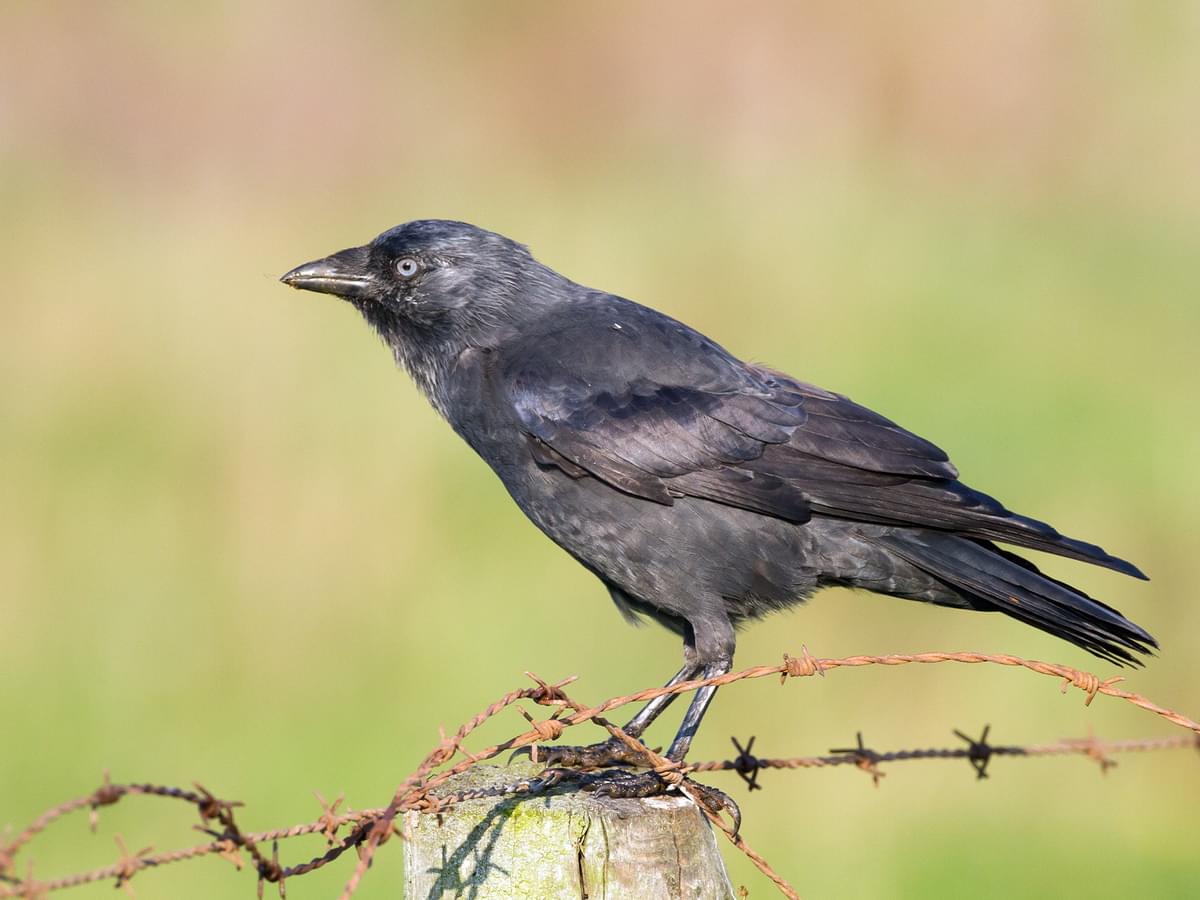
Length
34-39cm
Wingspan
64-73cm
Weight
220-270g
Regional Rarity Score
Ranges from 0 (common) to 100 (extremely rare) in this region
Jackdaws bring a different energy altogether. These smaller, grey-naped corvids are the socialites of the family, particularly numerous in the historic towns and villages across southern England, where old buildings provide perfect nesting sites.
Their peak activity comes in May when breeding pairs perform aerial displays that look almost playful - quick, tumbling flights punctuated by their distinctive 'chyak' calls.
They've got these striking silvery-white eyes that seem to watch everything happening in their territory, especially around their beloved nesting chimneys.
In more rural areas, they often share rookeries with their larger cousins, creating noisy mixed colonies in tall trees.
Rook
Corvus frugilegus
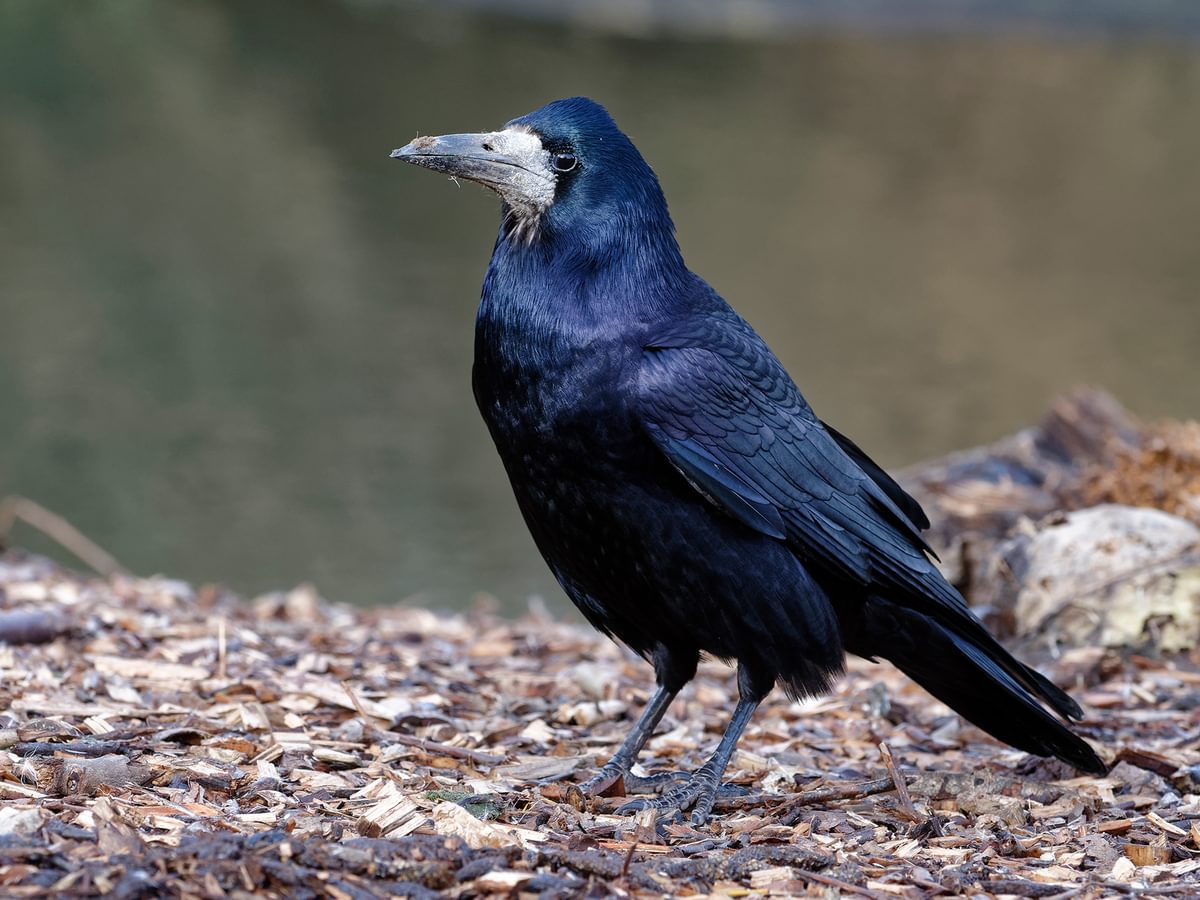
Length
45-47cm
Wingspan
81-99cm
Weight
337-531g
Regional Rarity Score
Ranges from 0 (common) to 100 (extremely rare) in this region
Rooks bring real character to our farmlands, particularly numerous in the agricultural landscapes of eastern England and the Scottish lowlands.
Their bare, grey-white faces and shaggy thigh feathers give them a distinctive appearance among the corvids.
Numbers peak in November, when their social nature becomes most apparent. They're fascinating to watch as they probe deep into the soil with those specialised beaks, pulling up leatherjackets and other grubs with remarkable precision.
You'll often find their rookeries in the same locations year after year, some having been continuously occupied for decades.
Eurasian Jay
Garrulus glandarius
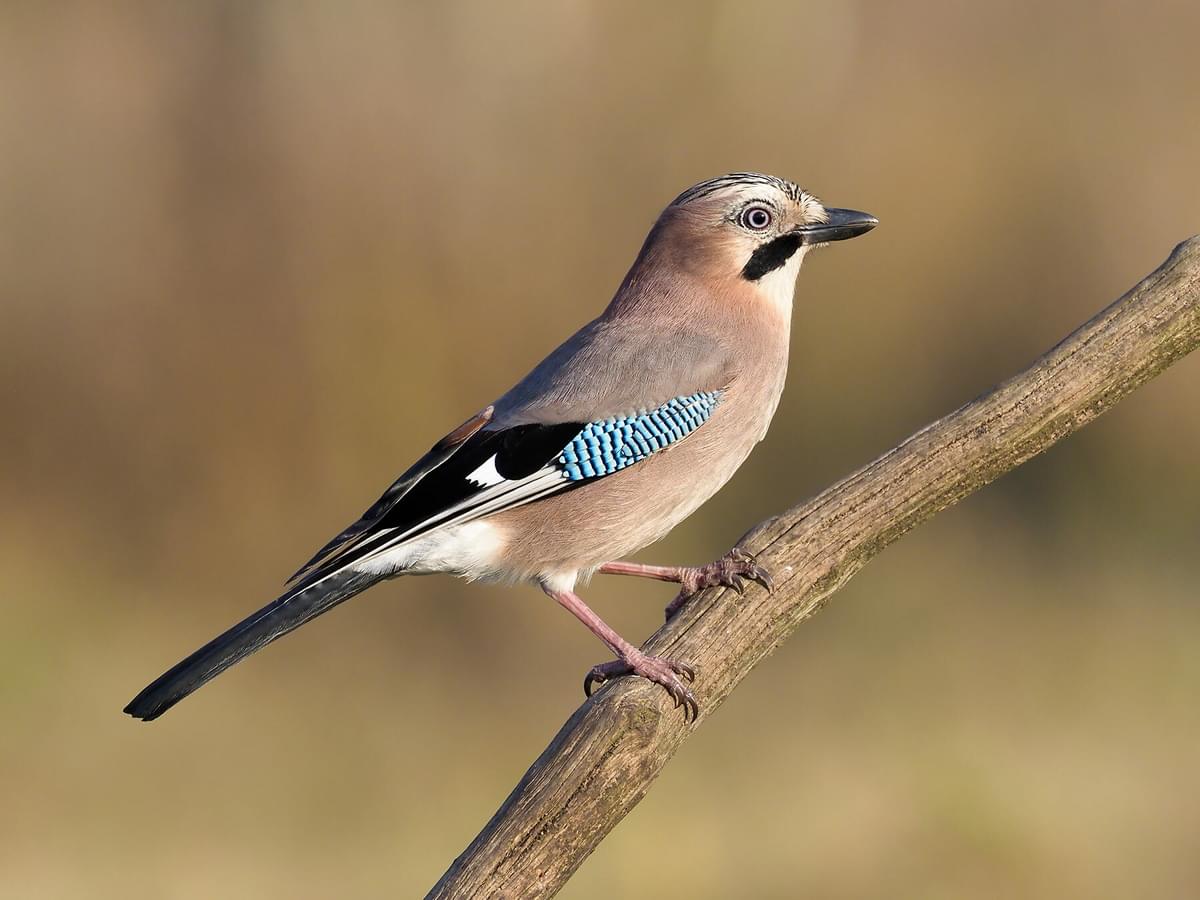
Length
32-35cm
Wingspan
52-58cm
Weight
140-190g
Regional Rarity Score
Ranges from 0 (common) to 100 (extremely rare) in this region
Eurasian Jays are the woodland specialists, most numerous in the ancient broadleaf woods of southern England and Wales.
They're particularly fond of oak woodlands, which explains their patchy distribution across the British landscape.
Despite being our most colourful corvid, with that flash of bright blue wing patch, they're surprisingly secretive. They're actually quite numerous, but their shy nature makes them seem rarer.
During autumn, you might spot them making repeated journeys between oak trees and their hiding spots, each time with their crop bulging with acorns.
Common Raven
Corvus corax
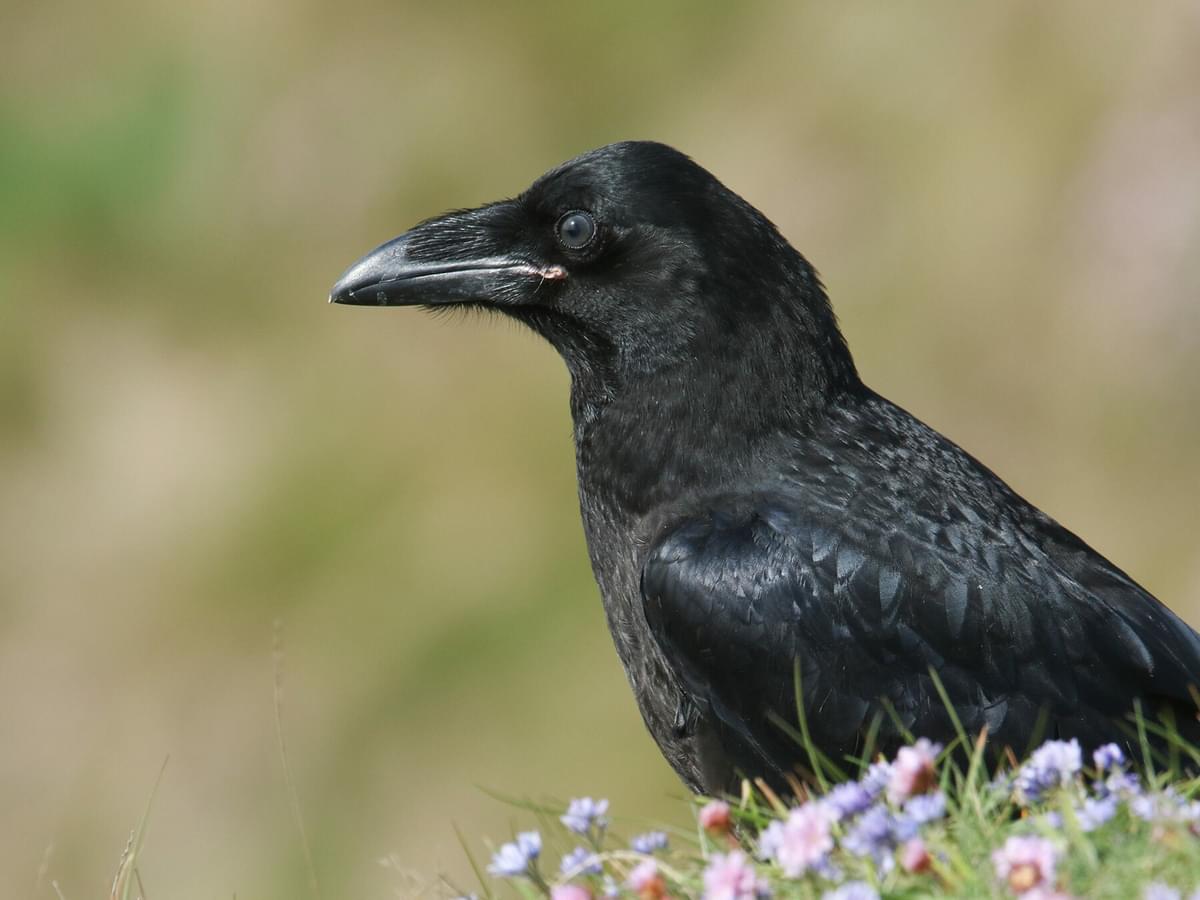
Length
54-67cm
Wingspan
115-150cm
Weight
689-1625g
Regional Rarity Score
Ranges from 0 (common) to 100 (extremely rare) in this region
The Common Raven, despite being our largest corvid, maintains a relatively low profile. While once restricted to western Britain, they've been steadily expanding eastward, reclaiming territories they haven't occupied for centuries.
October brings peak activity, when their acrobatic display flights and deep, resonant 'cronk' calls become more noticeable.
These highly intelligent birds often work in pairs, performing synchronised aerial displays that showcase their remarkable flying abilities.
They're particularly numerous in the uplands of Wales, Scotland, and the Lake District.
Hooded Crow
Corvus cornix
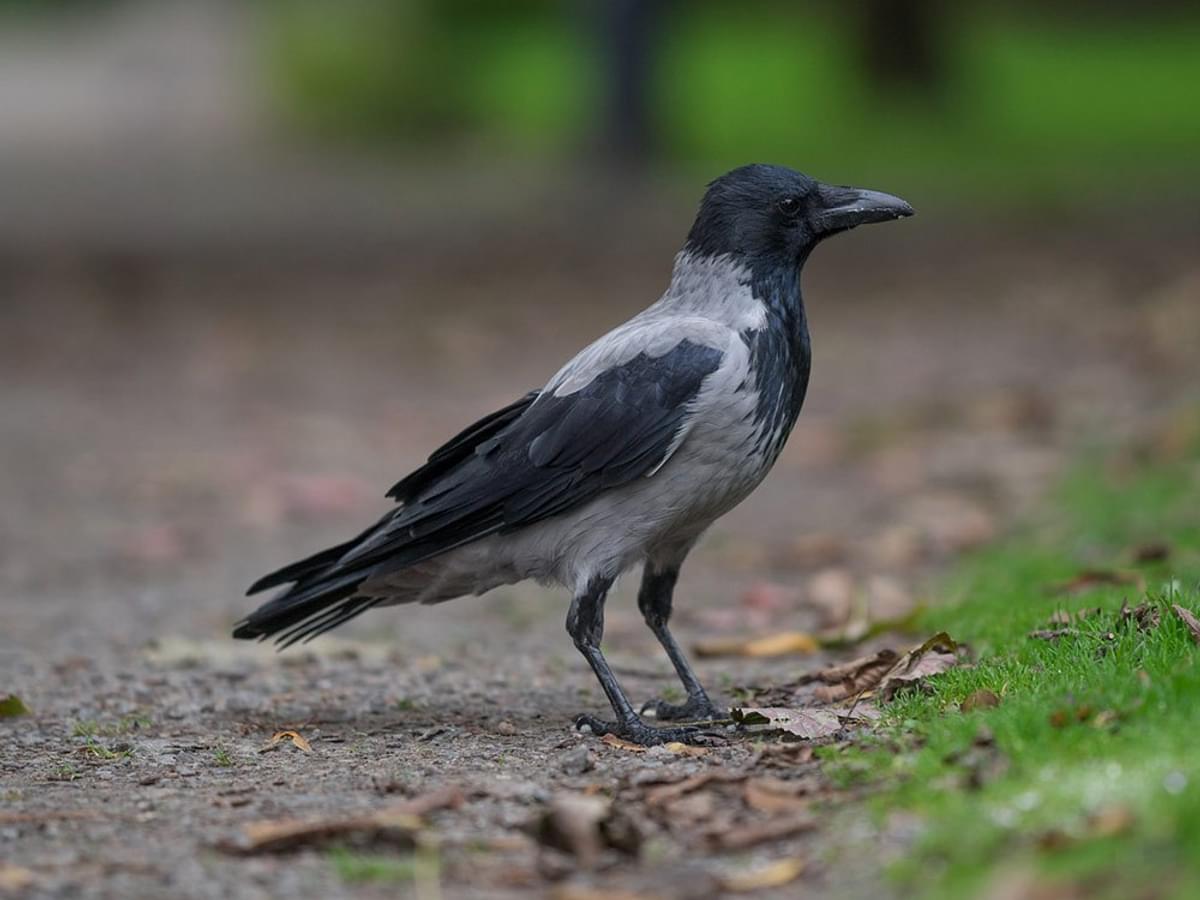
Length
44-51cm
Wingspan
84-100cm
Weight
430-650g
Regional Rarity Score
Ranges from 0 (common) to 100 (extremely rare) in this region
The Hooded Crow, with its distinctive grey and black plumage, shows up most frequently in October.
While virtually absent from England, they're the dominant crow species across the Scottish Highlands and Islands, creating a fascinating distribution line where they meet carrion crows in the central belt of Scotland.
These birds show remarkable problem-solving skills - watch them around coastal areas, where they've learned to use the tide to their advantage, dropping molluscs precisely when the water level will help crack them open.
They're particularly common along the rocky shores of western Scotland and the Hebrides.
Red-billed Chough
Pyrrhocorax pyrrhocorax
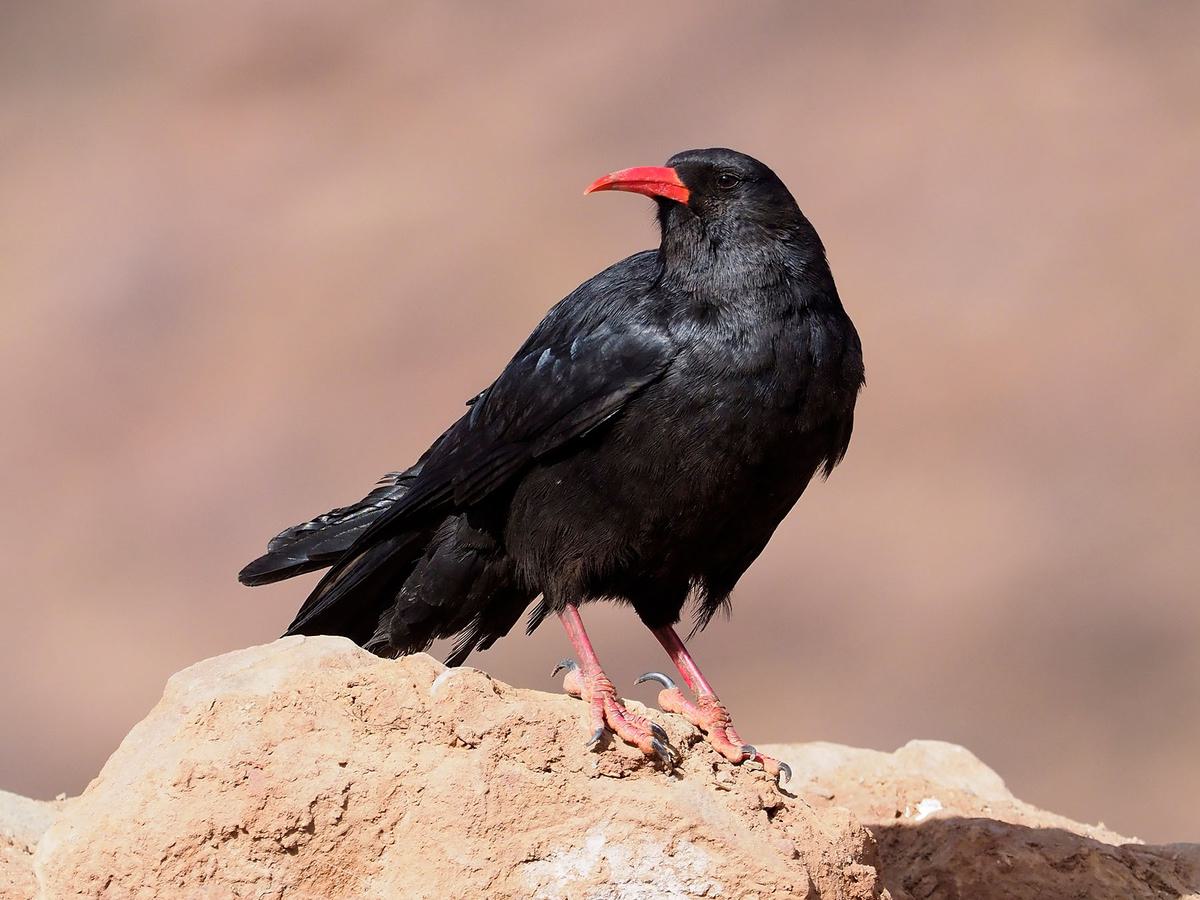
Length
39-43cm
Wingspan
73-90cm
Weight
280-360g
Regional Rarity Score
Ranges from 0 (common) to 100 (extremely rare) in this region
Red-billed Choughs are our rarest regular corvid, clinging to existence along the wildest sections of our western coastline. Their strongholds include the cliffs of Pembrokeshire, Cornwall's rugged coast, and the Hebridean islands.
Their peak activity comes in September when their distinctive red bills and legs stand out against coastal cliffs.
They're incredibly agile fliers, often seen performing aerial tumbles and rolls while searching for insects in coastal grasslands, showing a particular preference for areas where traditional grazing maintains short turf.
Whether you're watching a lone Carrion Crow methodically working through a ploughed field or watching a swirling flock of Jackdaws around a cathedral spire, the corvids of Britain offer endless opportunities for observation.
These highly intelligent birds have adapted to nearly every corner of our landscape, from remote coastal cliffs to busy city centres.
While they might not have the colourful plumage of some garden visitors or the melodious songs of our summer migrants, they make up for it with their fascinating behaviours, complex social lives, and remarkable problem-solving abilities.
Next time you spot one of these clever birds, take a moment to watch - you might just witness something extraordinary.
Common Questions About UK Crows
Are crows protected in the UK?
Yes, all wild birds in the UK are protected by the Wildlife and Countryside Act 1981. However, certain corvids can be controlled under specific general licenses if they're causing serious damage to crops, livestock, or wildlife.
This varies by country within the UK and requires following strict guidelines about when and how control measures can be implemented.
What is the most common crow in the UK?
The Carrion Crow is the most frequently observed crow species in the UK, with a rarity index of just 1.23 and over 200,000 recorded observations. They're particularly abundant in England and Wales, though in Scotland the Hooded Crow becomes more prevalent.
Do different crow species mix together?
Yes, several UK corvids form mixed groups. Jackdaws often nest in the same colonies as Rooks, while Carrion Crows and Rooks may feed together in fields.
However, there's a fascinating exception: Carrion Crows and Hooded Crows rarely mix except in a narrow "hybrid zone" in central Scotland where their territories overlap.
How can you tell UK crow species apart?
Each species has distinctive features:
- Carrion Crows are all black with a thick bill
- Jackdaws are smaller with a grey nape and distinctive white eyes
- Rooks have a pale, bare face and shaggy "trousers"
- Magpies have unmistakable black and white plumage with a long tail
- Jays show bright blue wing patches and white rump
- Ravens are notably larger with a wedge-shaped tail and heavy bill
- Hooded Crows have grey bodies with black wings and head
- Choughs have bright red bills and legs
